October is Breast Cancer Awareness Month. To date, there has been £268 million invested in breast cancer research – and there’s no stopping!
Research
Breast Cancer Now are currently funding over 70 projects worth just over £24 million to discover how they can prevent breast cancer, save lives, and help people to live well with and beyond the disease.
Breast cancer prevention: At least 1 in 4 breast cancers could be prevented and they want to find better ways to do this. But first, they need to know who is most at risk of breast cancer and what can be done to prevent them from developing the disease. Understanding the genetic and lifestyle causes of breast cancer through their Generations Study could help to more accurately determine someone’s personal chance of developing breast cancer.
Research to stop people dying from breast cancer: There are many areas that need to be researched to ensure that by 2050 everyone diagnosed with breast cancer will live. They want to find better ways to detect and diagnose breast cancer as early as possible. The earlier it’s detected the higher the chance of treating it successfully. Researchers are also looking for new treatments that can be better tailored to each type of breast cancer. They are trying to understand why breast cancer spreads to other parts of the body where it becomes incurable and what can be done to stop it or treat it more effectively.
Research to help people live well: Breast cancer affects lives in many different ways. Breast Cancer Now want to help everybody living with, or beyond the disease to live well. Their researchers are looking for kinder treatments for breast cancer, that don’t come with devastating side effects and investigating how people affected by breast cancer can be better supported all the way through.
Signs and symptoms of breast cancer
- A lump or swelling in the breast, upper chest or armpit
- A change to the skin, such as puckering or dimpling
- A change in the colour of the breast – it may look red or inflamed
- A nipple change, for example it has become pulled in
- Rash or crusting around the nipple
- Unusual liquid from either nipple
- Changes in size or shape of the breast
On it’s own, pain in your breasts is not usually a sign of breast cancer. Look out for pain in your breast or armpit that’s there all or almost all of the time.
How to check your breasts
- Touch your breasts – can you feel anything new or unusual?
- Look for changes – does anything look different to you?
- Check any new or unusual changes with a GP
Support
Studies have now shown that having access to supportive services increases breast cancer survival rates by up to 64% and decreases recurrence rates by up to 48%!
Having support around you during this time is so important – whether it’s friends, family or help from a professional service. Expert help can be talking to a specialist nurse on Helpline, tuning in to live sessions or speaker videos or finding trustworthy, award-winning information to answer any questions you may have.
Follow the links below for more information on breast cancer, research and support, and how to get involved this Breast Cancer Awareness Month:
https://www.cancerresearchuk.org/about-cancer/breast-cancer



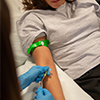
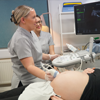



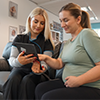


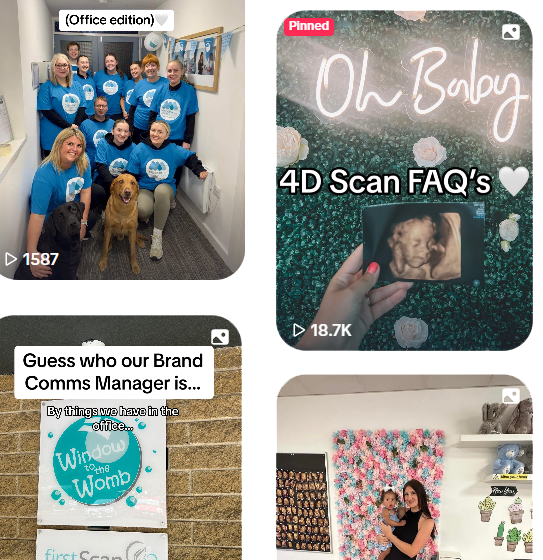
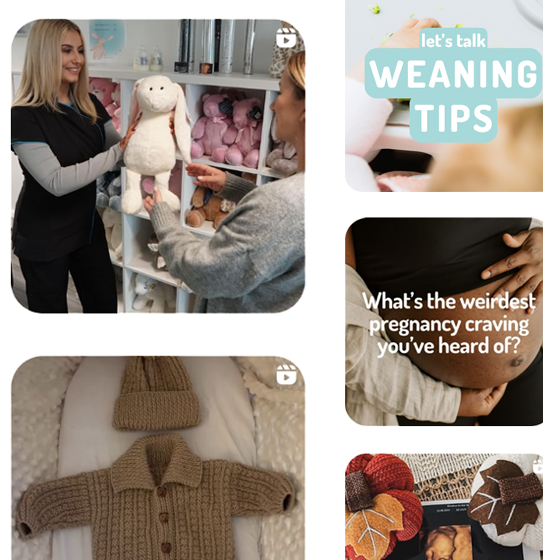
 Packages & Prices
Packages & Prices  Important Info & Policies
Important Info & Policies  Your Scan
Your Scan